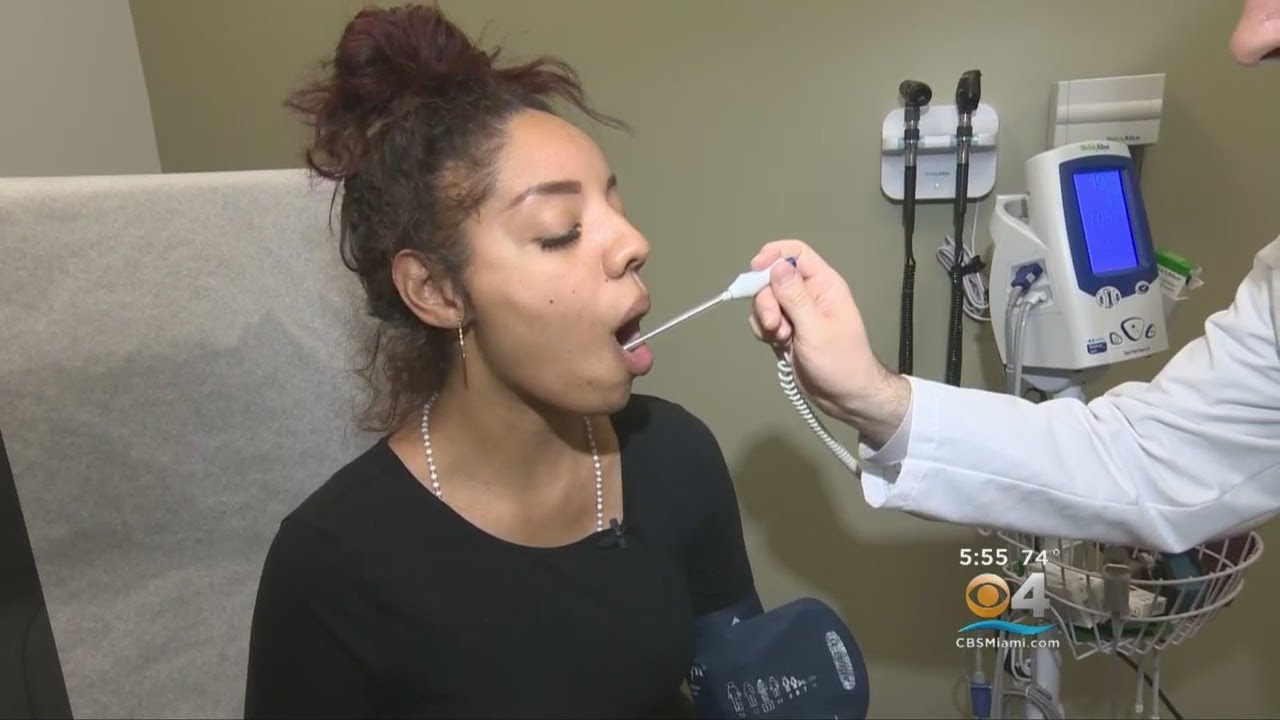Curious about what a head cold feels like? Step into the world of nasal congestion, sneezing, and a fuzzy-headed sensation that leaves you longing for relief. A head cold, also known as the common cold, can be a frustrating and uncomfortable experience. Imagine waking up to a congested nose that feels like it’s been stuffed with cotton, making it difficult to breathe freely. As you attempt to clear your airways, a symphony of sneezes erupts, causing your head to throb with each successive release. Fuzzy-headed is the best way to describe the mental fog that accompanies this ailment, as your thoughts become hazy and your concentration wanes. Your energy levels may plummet, leaving you feeling tired and drained. The constant need for tissues becomes a familiar companion, as your nose seemingly has a never-ending supply of mucus. The irritation and discomfort in your throat can make swallowing a challenge. Despite these unpleasant symptoms, the head cold reminds us of the importance of self-care and the need to slow down and give our bodies the rest they deserve. So, if you find yourself in the midst of a head cold, remember to take it easy, drink plenty of fluids, and indulge in some much-needed TLC.

What Does a Head Cold Feel Like?
| Symptoms | Description |
|---|---|
| Nasal Congestion | A feeling of stuffiness in the nose due to inflammation and excess mucus production. |
| Runny Nose | Excessive nasal discharge, often clear and watery, caused by increased mucus production. |
| Sneezing | Repeated, involuntary expulsion of air from the nose and mouth, often accompanied by itching or irritation. |
| Sore Throat | Pain or irritation in the throat, typically worsened by swallowing, due to inflammation caused by postnasal drip. |
| Cough | A dry or productive cough that arises from irritation in the throat or lungs, triggered by postnasal drip or inflammation. |
| Headache | A dull or throbbing pain in the head, often concentrated in the forehead or sinuses, associated with sinus pressure and congestion. |
| Fatigue | A general feeling of tiredness or lack of energy, resulting from the body’s immune response to the infection. |
| Mild Fever | A slight increase in body temperature, often accompanied by chills, as the immune system works to fight off the viral infection. |
Head colds, also known as common colds or viral rhinitis, are characterized by a range of symptoms that affect the upper respiratory system. These symptoms can vary in severity and duration, but they typically include nasal congestion, a runny nose, sneezing, sore throat, cough, headache, fatigue, and occasionally a mild fever. Nasal congestion and a runny nose are the most prominent features of a head cold, often leading to discomfort and difficulty breathing through the nose. Sneezing is a common reflex triggered by irritation in the nasal passages. Sore throat and cough can result from postnasal drip, where excess mucus drips down the back of the throat, causing irritation and inflammation. Headaches are often experienced due to sinus pressure and congestion. Fatigue and mild fever can occur as the body’s immune system fights off the viral infection.
While head colds are generally mild and self-limiting, they can cause significant discomfort and impact daily activities. Adequate rest, hydration, and over-the-counter remedies can help alleviate symptoms and support the body’s natural healing process. If symptoms worsen or persist for an extended period, it is advisable to consult a healthcare professional for further evaluation and guidance.
“Dealing with the Dreaded Cold: Effective Treatment Tips!”
What Does a Head Cold Feel Like?
A head cold is a common illness that affects millions of people each year. It is caused by a viral infection in the upper respiratory tract, specifically the nose and throat. While the symptoms of a head cold can vary from person to person, there are some common signs that can help identify if you are experiencing this condition.
1. Nasal Congestion
One of the most prominent symptoms of a head cold is nasal congestion. This occurs when the nasal passages become swollen and inflamed, making it difficult to breathe through the nose. You may feel a constant stuffiness or heaviness in your nose, which can also lead to difficulty in smelling and tasting food.
The congestion is typically accompanied by a runny nose, where clear or yellowish mucus may drip from your nostrils. This can be quite bothersome and may require frequent blowing of the nose to relieve the discomfort.
2. Sore Throat
A sore throat is another common symptom of a head cold. It can range from mild irritation to a more severe pain, especially when swallowing. The throat may feel scratchy or dry, and you may experience a persistent cough or hoarseness.
This soreness is often caused by the inflammation of the throat tissues due to the viral infection. It can be exacerbated by postnasal drip, where mucus from the nose drips down the back of the throat, further irritating the area.
3. Headache and Facial Pressure
Headaches are frequently associated with head colds. They can range from mild to severe and may be accompanied by facial pressure or pain. The headache is often located in the forehead, temples, or behind the eyes.
This discomfort is a result of the congestion and inflammation in the sinuses, which are air-filled pockets within the facial bones. When these sinuses become blocked, pressure can build up, leading to a headache and facial pain.
4. Fatigue and Body Aches
A head cold can also cause fatigue and body aches. You may feel tired and lacking in energy, making it difficult to carry out your daily activities. Body aches, such as muscle soreness or joint pain, are also common.
These symptoms are a result of the body’s immune response to the viral infection. When your immune system is fighting off the virus, it can lead to feelings of fatigue and discomfort throughout your body.
5. Cough and Sneezing
A head cold often comes with a cough and sneezing. These symptoms are the body’s way of trying to clear the airways and get rid of the excess mucus. The cough may be dry or productive, meaning it produces mucus.
Sneezing is a reflex action that helps expel irritants from the nose. It can be triggered by the nasal congestion or as a response to the body’s attempt to eliminate the virus.
In conclusion, a head cold can feel quite unpleasant. The symptoms can range from nasal congestion and sore throat to headaches, fatigue, and body aches. Coughing and sneezing are also common. If you experience these symptoms, it is important to rest, stay hydrated, and practice good hygiene to prevent the spread of the virus to others.
What Does a Head Cold Feel Like?
- Stuffy or blocked nose
- Runny nose
- Sneezing
- Sore throat
- Coughing
- Headache
- Fatigue
- Mild fever
- Difficulty in concentrating
- Facial pressure or pain

